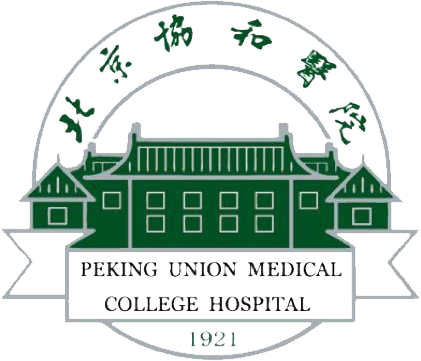The Department of Vascular Surgery, PUMCH led China in the diagnosis and treatment of aortic aneurysm. For years, it researched into complicated aortic aneurysm, a disease of high death rate and difficult operations. It adopted several world-class methods and broke into technical forbidden zones. It worked together with other departments and established a comprehensive strategy system and continuously improved the cure rate. The project won the second prize of 2017 Huaxia Medical Science and Technology Award, third prize of 2017 China Medical Science and Technology Award and third prize of 2017 PUMCH Medical Achievements Award.
Aortic aneurysm has become a common disease in an aging society. As it progresses naturally, it may expand and finally rupture, and treatment is difficult once a hemorrhage is caused, with a death rate of nearly 50% in the perioperative period. Therefore if the condition is operable, surgery is recommended. Presently the difficult point lies in complicated aortic aneurysm, including those with complicated anatomical conditions at aneurysm neck and those immunogenic, mycotic or ruptured. They feature complicated causes, multiple comorbidities, difficult surgery, big invasion in surgery and multiple complications.
As one of the earliest teams in China operating on aortic aneurysm, Vascular Surgery of PUMCH has been looking into its features and kept optimizing strategies, and, working together with Anaesthesiology, Operation Room, ICU, Rheumatology and Immunology, Infection and Thoracic Surgery, established a comprehensive treatment system for complicated aortic aneurysm. It includes multi-technique endovascular treatment for cases of complicated anatomical conditions, treatment of ruptured aneurysm, comprehensive plan for immunogenic cases and operation risk management system. More than 500 cases of complicated aortic aneurysm were treated and the cure rate was greatly improved.
According to Professor Liu Changwei from Vascular Surgery, PUMCH, who is in charge of the project, more than 20% of aortic aneurysm has complicated anatomical conditions, including twisted aneurysm neck at near/far end, invasion of visceral artery or iliac artery. These are traditional "forbidden zones" into which surgical invasion will be huge and risky. Our team led China in adopting world-class techniques to treat these cases, including windowing, chimney and branching. It was also the first in China to carry out endovascular repair through percutaneous puncture, so as to avoid complications including slow healing and lymphatic leakage that came with traditional techniques. It established a multi-technique minimally invasive endovascular surgery system and significantly reduced the occurrence of complications, with the average post-operative hospitalization time cut by 6.3 days.
The team was the first in China to put forward a comprehensive treatment system for ruptured aortic aneurysm, from diagnosis, intra-operative moves to prevention of post-operative complications; it performed endovascular repair of ruptured aortic aneurysm; it was the first to carry out comprehensive surgical treatment of immunogenic cases, established a therapy combining endovascular and medicine treatment; it also built up clinical data of more than 70 cases of Behcet's disease with aortic aneurysm, the world' s largest single-unit data so far. It also created China' s first "layered management system for surgical risk assessment for aortic aneurysm", which served to standardize pre-operative management, control surgical risks and improve the efficacy.
The project results were promoted in more than 20 top-class hospitals in China, and 12 sessions of state-level continuous education programs were held. A total of 13 SCI theses and 23 core journal theses were published, and the findings were also published in such journals as Journal of Vascular Surgery and Annals Vascular Surgery.
